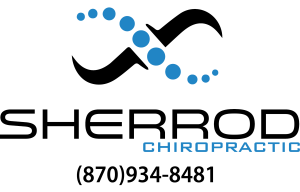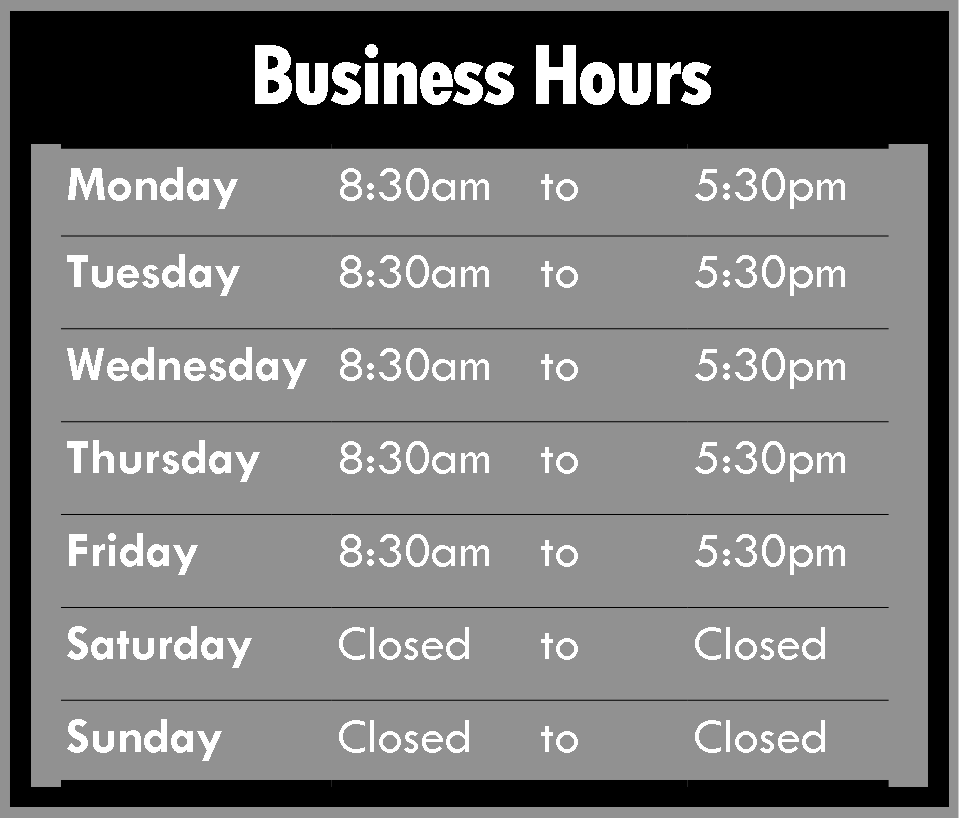Construction Workers
Ergonomics for Construction Workers


By Chris Sorrells
Construction tasks place the body in numerous risky positions. Cramped working areas, working overhead and at floor level, heavy material handling and repetitive tasks are just some of the risk factors construction workers face. The University of Iowa found that 70 percent of construction workers experienced low-back pain over a one-year period. When working in construction, keep in mind the following strategies.
Minimize Awkward Postures
Overhead work places static loads on the neck, back and arm muscles. Standing on a stool, ladder, scaffolding or platform can minimize this reach and bring the work into a safer position. Stands or jacks can hold materials in place for overhead installation.
If tasks require work at lower surfaces, sitting on a stool, bucket or the floor can minimize crouching. Knee guards or a padded surface can protect the patella while the worker is kneeling. Knee dollies or kneeling creepers also facilitate easy movement. For forward-leaning tasks, such as floor tiling, a creeper with chest support can be helpful. In addition, workers should plan their work to alternate kneeling with standing in order to stay productive while giving tired muscles a break.
Bar owners have long known that you can stand more comfortably in one place if there is a rail to alternately place your feet. Use a brick or other surface as a lifted foot rest when standing still. Shoe inserts or custom orthotics can also make standing more comfortable.
Digging
When most people shovel, they twist their body in one direction, bend over and then further twist their spine to toss the dirt. To avoid this risk, a long-handled tool can help decrease bending and minimize twisting of the spine. Alternately using the shovel on the left and right side of the body can reduce fatigue and muscle imbalances. In addition, keeping the wheelbarrow close helps to minimize the throwing distance.
Handling Tools
Improper or poorly designed tools place the user in awkward postures leading to tendinitis, carpal tunnel syndrome and strain. They also require excessive force, creating fatigue and pain. While there are numerous ergonomically designed tools on the market now, learn proper wrist positioning using the following key points:
• Avoid handles that end in the palm as they create local contact stress. Add padding or sleeves to lengthen and soften such handles.
• Look for soft or cushioned handles without sharp edges or grooves, which keep the wrists straight.
• While handles with ridges for the fingers seem to aide grip, they actually increase the risk for injury owing to the increased contact stresses.
• The handle diameter for tools such as hammers and screwdrivers should be between 1 ¼-inch and 2 inches. Precision tools require smaller handles of between ¼ inch and ½ inch in diameter.
• Power tools create less torque than air tools, reducing forces.
• While the hand or knee should never be used as a hammer, it is common in tasks such as laying carpet. Try to avoid this harmful habit.
Organizing Tool Belts
Carrying 20 pounds of imbalanced tools has many negative effects on the spine. Rearrange the tools to balance the load. For example, remove the tools you won’t use during the day to lighten the load. When you take a break, you should remove the belt to give your back a rest.
Belts with wide suspenders help distribute the weight between the hips and shoulders. Bucket-style tool belts are also a good option, as tools can be kept close but not place unnecessary strain on the spine.
Loading Vehicles
Heavy items should be placed close to the tailgate or doors to minimize reaching. Avoid reaching over the side of the truck to lift items. Utilizing truck lockers and bins allows better organization of items and minimizes reaching and crawling into the truck. Roll-out truck beds are also a good investment.
Minimizing the Effect of Vibration
Jackhammers, drills, impact wrenches and other power tools place construction workers at risk for hand-arm vibration syndrome and carpal tunnel syndrome, reduced circulation, paresthesias and pain. Vibration syndromes are often hard to treat, so prevention is important. Anti-vibration gloves, rest breaks and keeping the hands warm are beneficial.
Whole-body vibration occurs when workers sit in forklifts, cranes and other heavy equipment. Proper maintenance, use of a gel cushion on the seat and releasing hold of controls when not actively using them can help minimize the impact.
Reduce Your Risks
Many construction tasks, from turning a screwdriver to using equipment controls, require repetition. Learn to self-initiate rest breaks and alternate heavy and light tasks. Analyze which tasks you perform routinely to develop a personalized stretching program, counteracting the sustained postures you use on the job. Strengthening muscle groups opposing those you use at work is also vital to preventing future injury.



